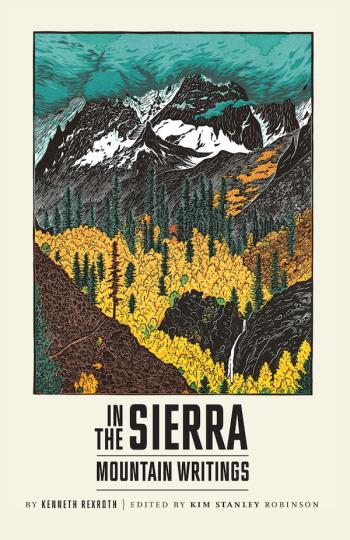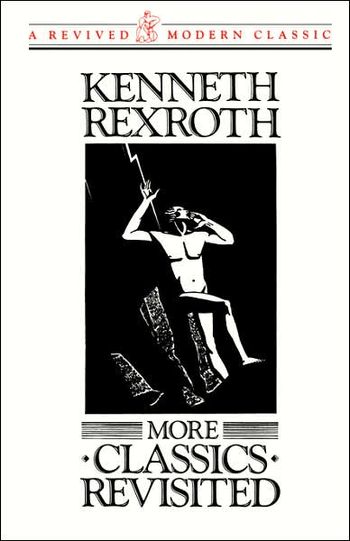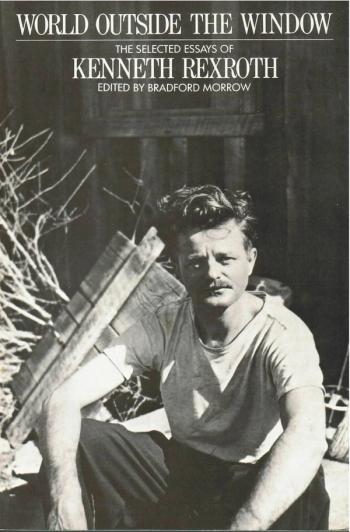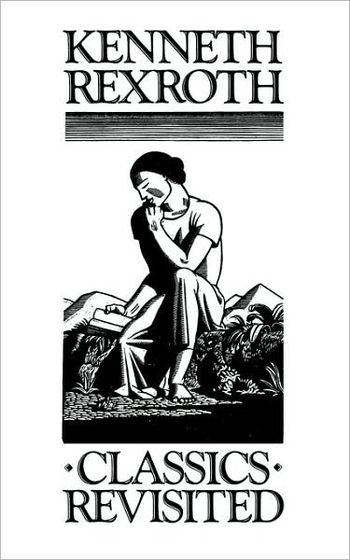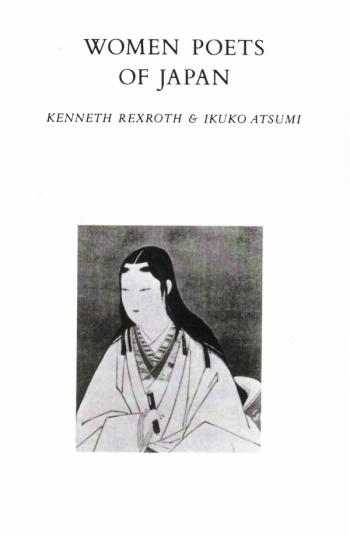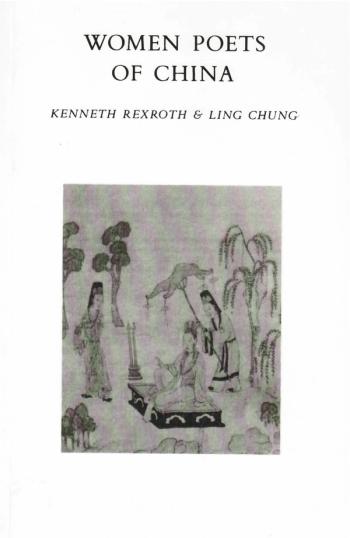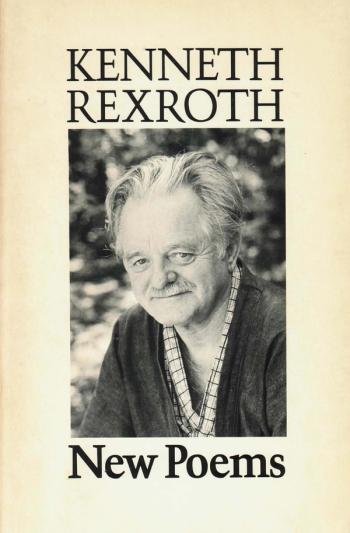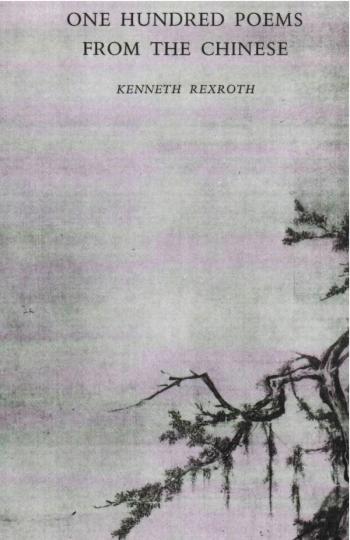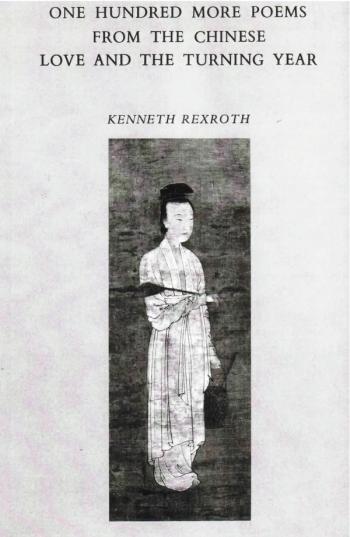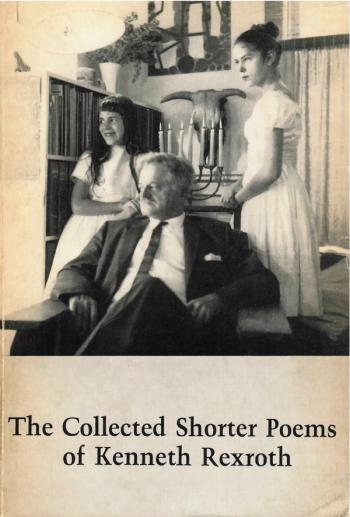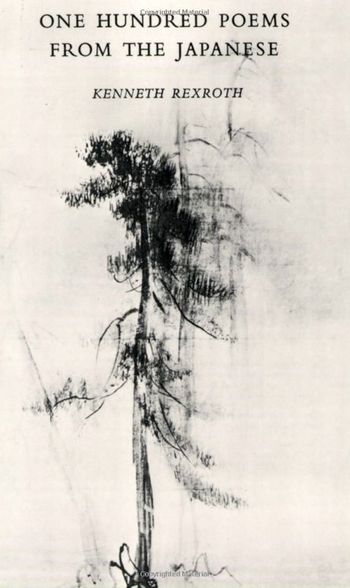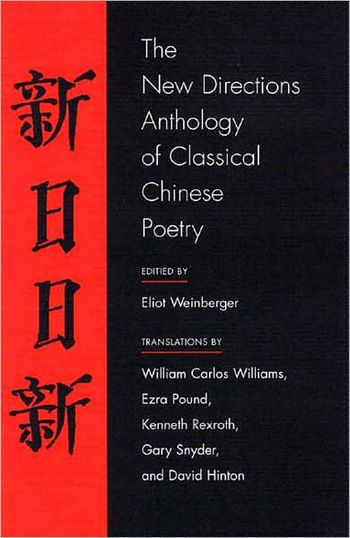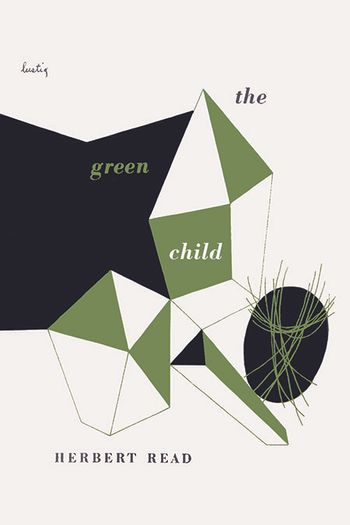As author
In the Sierra
Written On The Sky
Songs Of Love, Moon & Wind
Beyond The Mountains
An Autobiographical Novel
Flower Wreath Hill
More Classics Revisited
World Outside The Window
Classics Revisited
Selected Poems of Kenneth Rexroth
Women Poets Of Japan
Women Poets Of China
One Hundred More Poems From The Japanese
New Poems of Kenneth Rexroth
One Hundred Poems from the Chinese
One Hundred More Poems From The Chinese
The Collected Longer Poems of Kenneth Rexroth
The Collected Shorter Poems of Kenneth Rexroth
One Hundred Poems From The Japanese
As translator
As contributor
Kenneth Rexroth
Kenneth Rexroth (1905–1982) was an American poet, translator, essayist and social critic who played a key role in the San Francisco Renaissance of the 1950s and 1960s. His poems are characterized by such an unusual range of concerns that he often began his poetry readings by wryly asking the audience: “Well, what would you like tonight: sex, mysticism or revolution?” Though almost entirely self-educated, his erudition was astonishingly broad-ranging, as reflected in essays on topics as diverse as ancient Chinese science, modern jazz, American Indian songs, California mountaineering, medieval mysticism, avant-garde art and utopian communities. He connected with New Directions from the very beginning, and was both friend and adviser to James Laughlin for the rest of his life. New Directions published most of his books of poetry, including Collected Shorter Poems (1966), Collected Longer Poems (1968), and Selected Poems (1984); his plays (Beyond the Mountains, 1951); his Autobiographical Novel (1964; expanded edition, 1991); several collections of essays (Bird in the Bush, 1959; Assays, 1961; World Outside the Window: Selected Essays, 1987; Classics Revisited, 1986; More Classics Revisited, 1989); and numerous volumes of translations, including 100 Poems from the Chinese, 100 Poems from the Japanese, Women Poets of China, Women Poets of Japan, and Selected Poems of Pierre Reverdy.

